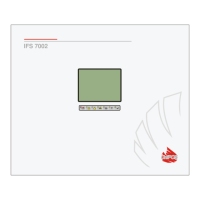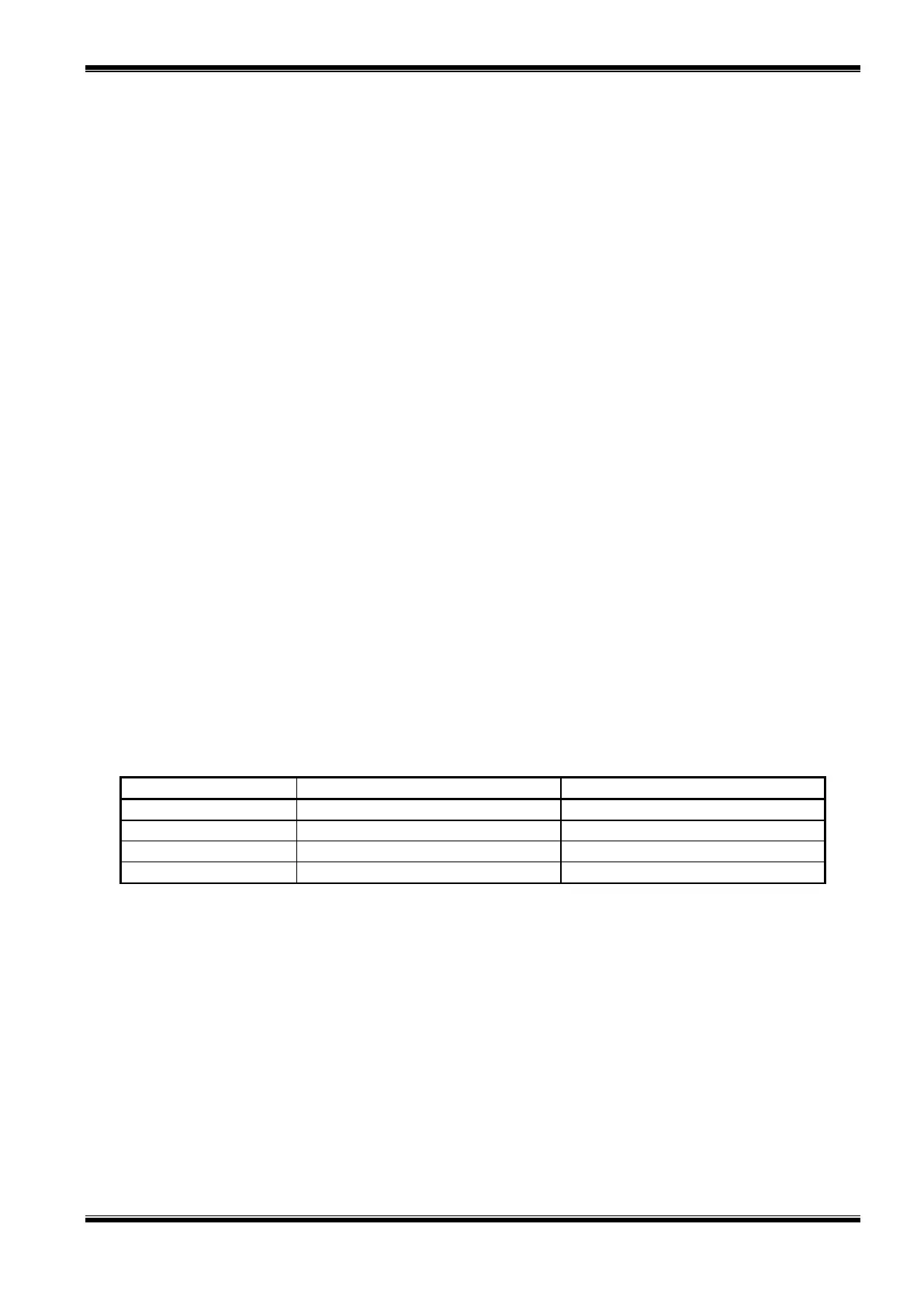UniPOS IFS7002 two signal loops
Instruction Manual Page 111
Revision 11/01.17 Of 145
16.2. Periphery devices assembly
All connections are to be made by means of terminals, mounted on the printed circuit board 7002
Main (Appendix 4). Be advised, that the total consumption of the voltage powering the external
devices (terminal “+ 28V”) plus the consumption of the monitored outputs shall not exceed 5A in
heavy duty mode.
16.2.1. Mounting periphery devices to monitored outputs
Terminals “+Out1”, “-Out1”, “+Out2”, “-Out2” – monitored potential outputs, responding upon Fire
condition (depending on the pre-programmed relation fire alarm line – monitored outputs) are to be
used.
Use the special connection diagram for the executive device provided in Appendix 6a.
End of line resistors 5k6 are connected directly to the terminals of the unused monitored outputs.
16.2.2. Mounting periphery devices to relay outputs
The following terminals are used:
Terminal “+28V” – positive lead of the stabilized direct current supplying the external devices
(light and sound signaling devices, executive devices and others);
Terminal “GND” – chassis ground (negative lead of the stabilized direct current supplying the
external devices);
Terminals “Rel1/C”, “Rel1/NO”, “Rel1/NC”, “Rel2/C”, “Rel2/NO” and “Rel2/NC” – potential free
relay contacts, responding at Fire condition (in compliance with the pre-programmed relation
fire alarm line – relay outputs);
Terminals “REL Fault/C”, “REL Fault/NO” and “REL Fault/NC” – potential free relay contacts.
When no fault condition is detected terminals “REL Fault/C” and “REL Fault/NO” are
connected; upon detection of fault condition terminals “REL Fault/C” and “REL Fault/NC” are
connected.
The executive device shall be connected according to Appendix 6b.
Unused relay outputs remain unoccupied.
16.3. Connecting interface devices
16.3.1. Global network
Connection of interface devices to the global network is made via serial interface RS232, using 9-
lead coupling (Appendix 4). Signals distribution is given in Table 3.
Table 3
Signal of RS232 Interface
Signal of RS485 Interface
Non inverting input/output
The fire control panel provides power supply to an external modem, if the feature has been
included in the customer’s order. The power supply is tapped on a two-pole terminal on the PCB
Power supply to modem.
16.3.2. Local network
Connection of interface devices to a local network is made via two serial interfaces CAN 2.0B
using the terminals CAN1 and CAN2.
16.4. Connecting addressable fie detectors
Addressable fire detectors are connected to the fire control panel by means of two-wire insulated
line of total resistance up to 100 (Appendix 5a). Connection is made to the terminals of the
corresponding fire alarm loops (Appendix 4) observing the indicated polarity (N is the number of othe
loop).
“+LoopN-1”, “-LoopN-1” and „” for the beginning of the loop;
“+LoopN-2”, “-LoopN-2” and „” for the end of the loop.

